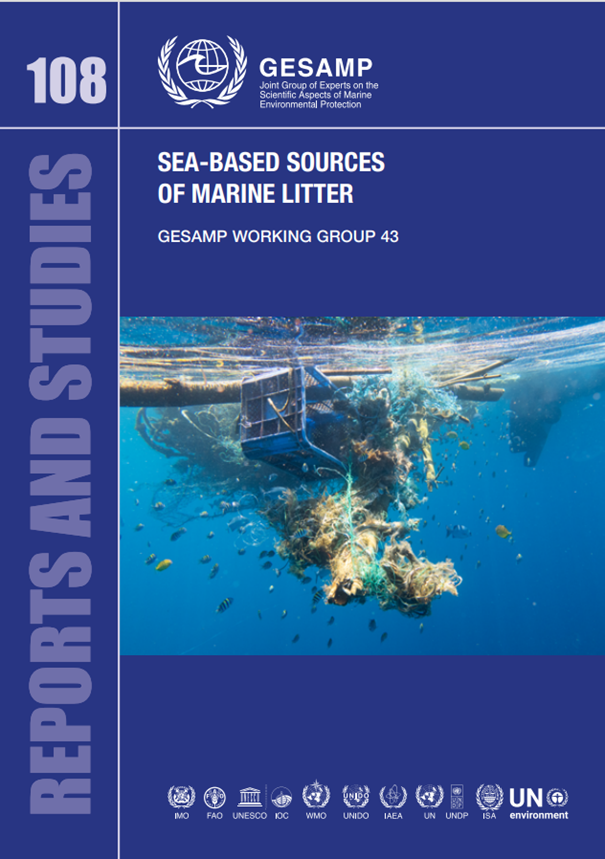Abstract
Marine plastic litter has been generally recognized as a threat to ocean health. Although it is generally assumed that the majority of plastic waste entering the world’s ocean comes from land-based sources, marine plastic litter also results from sea-based activities such as fishing and shipping. Therefore Parties to MARPOL are required as port States to ensure the provision of port reception facilities (PRF) that are adequate to meet the needs of users, from large merchant ships to small recreational vessels, and without causing undue delay to the ships using them.
Ports and terminals may also have to meet national, regional and/or local regulations regarding waste management and/or waste treatment, including as part of a national, regional or local waste strategy aiming towards a more resource efficient and circular economy.
It is generally acknowledged that the adequacy of PRFs can be improved by establishing up-to-date Port Waste Management Plans (PWMPs), especially when they are developed in consultation with the relevant stakeholders. The main purpose of a PWMP is to improve the availability, adequacy and usage of reception facilities for waste from ships normally calling the port. In a more comprehensive form a PWMP can also be compelled as a guidance document for port users and other stakeholders, that brings together all the relevant elements, procedures, goals and responsibilities linked to the delivery, collection, treatment, monitoring and enforcement of waste from ships, including cargo residues. The PWMP can also implement requirements and goals of the national waste management strategy, translating the goals regarding the environmental sound management of waste, including the transition towards a more circular economy, into the practical processes and procedures applied within the port area.
This Guidance Document describes the key and optional elements that are to be included in a PWMP, and how they are to be developed taking into account the port’s characteristics. This Guidance Document also includes models that can be used as a basis for a PWMP in merchant and cruise/passenger ports, fishing ports and recreational ports.

